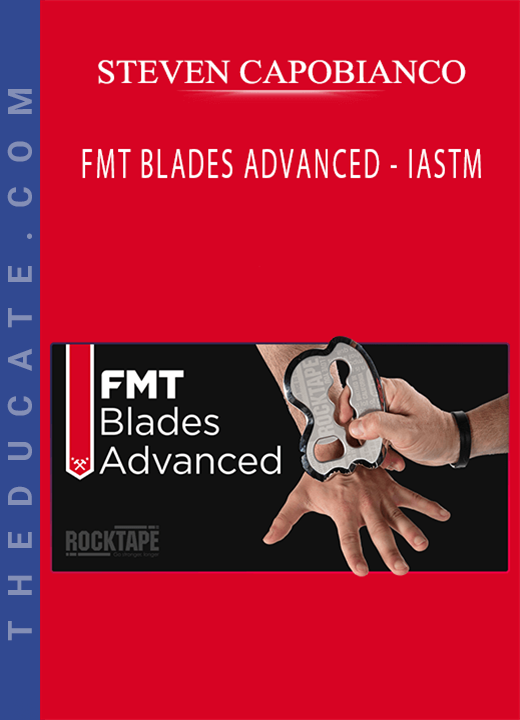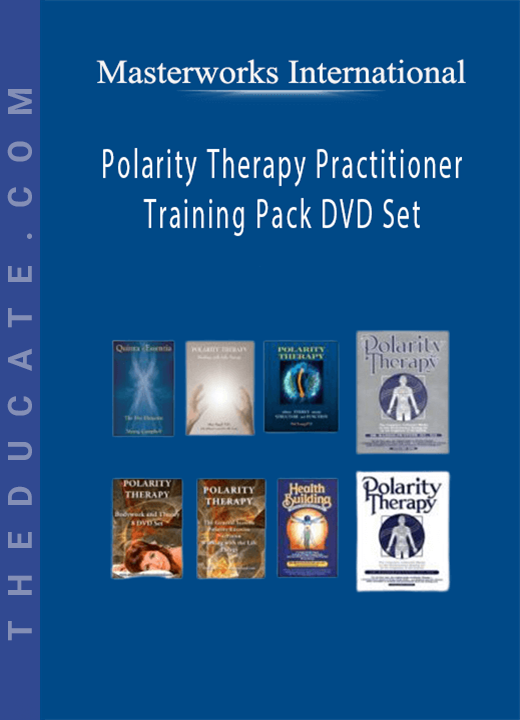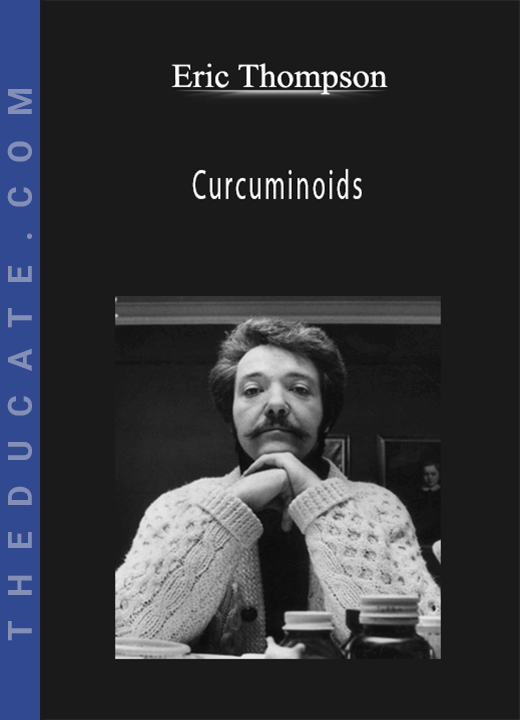Description
STEVEN CAPOBIANCO – FMT BLADES ADVANCED – IASTM
UNTIL NOW, CHOICES WERE LIMITED IF YOU WANTED TO LEARN HOW INSTRUMENT ASSISTED SOFT TISSUE MOBILIZATION (IASTM) COULD INTEGRATE INTO YOUR PATIENT/ATHLETE CARE.
YOU HAD TO BUY EXPENSIVE TOOLS AND ATTEND AN EXPENSIVE CLASS THAT LOCKED YOU INTO ONE WAY OF UTILIZING IASTM.
NOT ANYMORE.
FMT Blades Advanced Instrument Assisted Soft Tissue Mobilization (IASTM) Course introduces the concept of mechanical gliding of skin, fascia and nerve. It also presents concepts of neuro-sensory pain modulation via Instrument Assisted Soft Tissue Mobilization. IASTM tools are designed to be used with very gentle applications of force, aggressive techniques with heavy pressure are no longer required. The anatomy, physiology and neurology of myofascial soft tissue is presented, along with a review of concepts of interlayer connective tissue gliding during normal human movement.
Students will learn IASTM techniques using a rubber sleeve attachment for added tissue traction to treat gliding dysfunctions of skin, fascia and nerve. FMT Blades Advanced IASTM also introduces pain modulation techniques via use of an additional IASTM tool attachment, the neurosensory comb.
This course is intended for health professionals who have already attained a basic understanding of IASTM techniques.
Functional Movement Training (FMT) courses are taught by industry leading experts in movement assessment, performance and rehabilitation. CEUs may be offered for DC, ATC, PT, LMTs, LAc, OTs and personal trainers. If your profession & state is unavailable, we do not currently offer CEUs – however, we are continually adding additional licenses.
After this course the participant will be able to:
- Define, understand and integrate the myofascial sequencing model
- Discover and explore neuroanatomy of the dermal/fascial subsystem
- Recognize and demonstrate skin/fascial glide screening process
- Describe and interpret the research of IASTM in regard to connective tissue gliding and discomfort* modulation
- Discuss the clinical indications for use of silicone sleeve attachment vs comb attachment
- Practice, demonstrate and integrate advanced IASTM techniques using silicone sleeve and comb attachments when indicated
- Analyze and critique common cutaneous nerve entrapments of the upper & lower extremity and trunk
- Compare and contrast the rationale for providing dry fascial gliding strokes to reduce cutaneous nerve entrapments







10 reviews for STEVEN CAPOBIANCO – FMT BLADES ADVANCED – IASTM
There are no reviews yet.